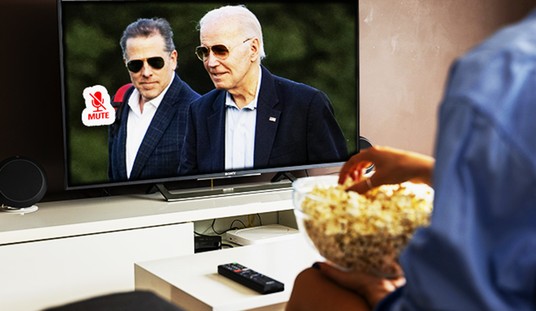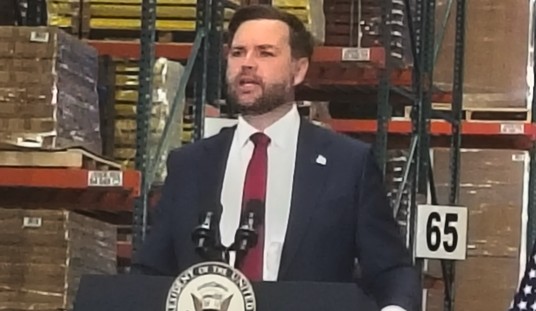In just over two years, the citizens of Los Angeles, Dallas, and Dubai could be looking up while waiting for Uber to arrive as the car service rolls out the fruits of its collaboration with NASA: flying cars.
The startup, app-based taxi service has been working on their Uber Elevate (or UberAir) project with a little help from an agency that knows a thing or two about traveling above — way above — ground. NASA is lending a hand in the development of the air-traffic control system needed to help the air cars navigate above urban landscapes.
“UberAir will be performing far more flights over [test] cities on a daily basis than has ever been done before,” Uber Chief Product Officer Jeff Holden said in a statement provided to USA Today. “Doing this safely and efficiently is going to require a foundational change in airspace-management technologies.”
ASA has already been working to develop such technologies and help make “urban air mobility” (UAM) a reality, agency officials have said. In 2011, the agency’s Aeronautics Research Mission Directorate (ARMD) started a project called Unmanned Aircraft Systems Integration in the National Airspace System (UAS in the NAS), which focused on relatively large, uncrewed vehicles flying above 500 feet (150 meters).
Uber hopes to take advantage of what NASA has already accomplished with UAM and, according to USA Today, Uber chief product officer Jeff Holden expects the citizens of L.A. “to be making ‘heavy use’ of the service by the time it hosts the 2028 Olympics.”
Uber Skyports will reportedly be created atop tall buildings and the actual vehicles will be piloted electric planes resembling Cessnas, but with rotating, wing-mounted propellers allowing a helicopter-like takeoff.
Meanwhile, Tesla CEO Elon Musk also has a new venture, The Boring Company, which will drill tunnels beneath cities. Avoiding traffic has apparently become the mother of invention.













Join the conversation as a VIP Member